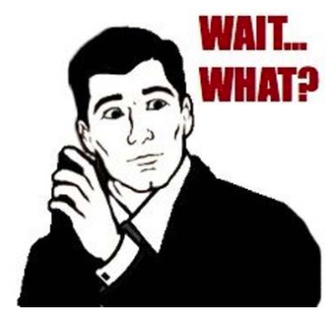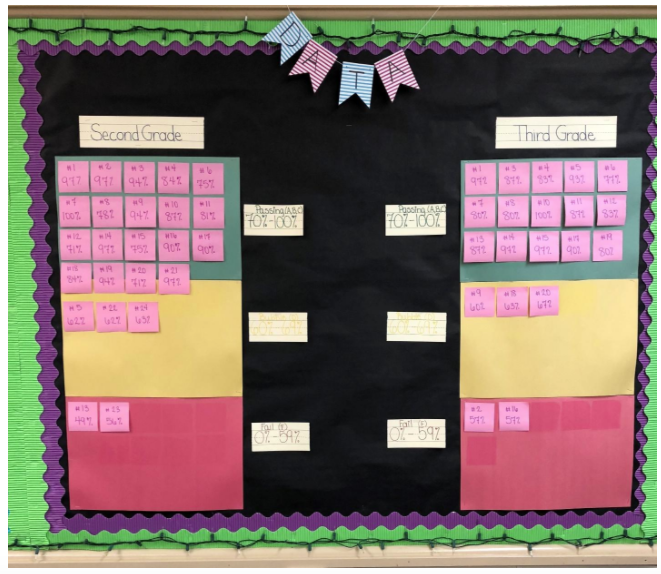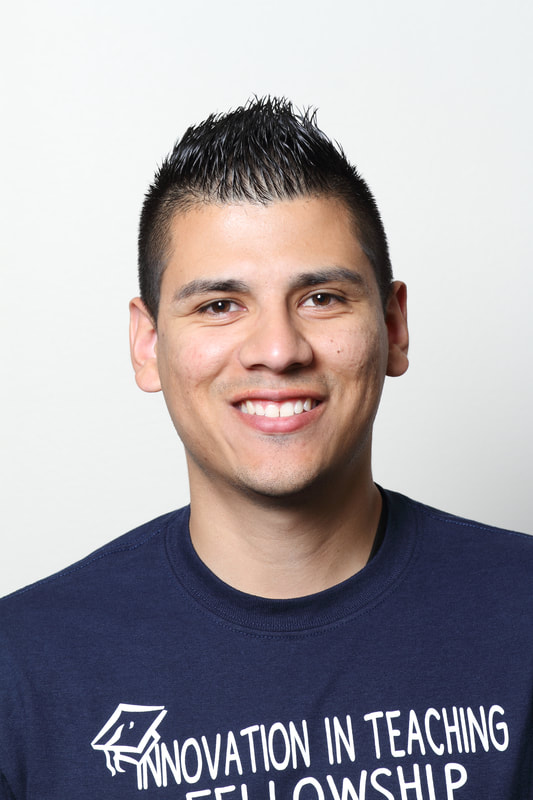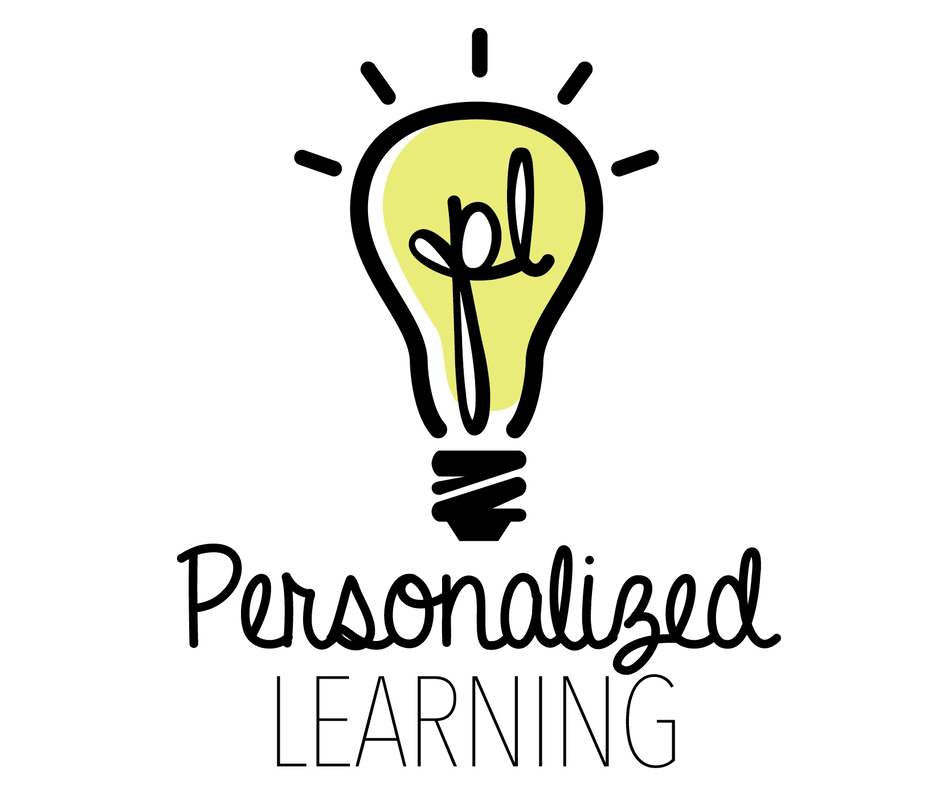|
Change was what I yearned for since last year’s chaotic school year. Sticking to the basic teaching script was boring me. Activating prior knowledge, you do, we do, and etc. was just so repetitive. And as any educator knows, if you are not feeling it, the students aren’t either. A change in the lesson cycle was the key I needed to transform every student’s learning experience into an exciting one!
Both pathways (blended learning and project-based learning) were interesting and definitely in the right direction in terms of what I wanted to accomplish for the upcoming school year, but I decided the blended learning pathway was the right fit for me. It seemed to be teaching methods I could easily implement in my classroom. The blended station rotation sounded like centers, technology stations screamed Reasoning Mind, and students tracking data … sure that’s what ACE (Accelerating Campus Excellence) campuses do. I thought to myself, “I can do this!”, until leveling took place at my campus and I was no longer the third grade mathematics and science teacher, but the second grade one too. After leveling I had 27 second grade students in my tiny classroom during the morning and 22 third graders in the afternoon. I had to find a way to adapt to my new environment. The blended station rotation model was a life saver! It allowed me to group students based on needs, which in turn helped me focus on the lowest SEs with struggling students. It was a struggle at first. Teaching rules and not having access to Reasoning Mind at the end of September was something I never accounted for; however, as data would later show, it was for the best. Students did great on their ACPs (Assessment of Course Performance) in both grade levels. Technology was one of the greatest assets I had this year. I implemented it on a daily basis but then hit a wall when I thought every station rotation had to include technology. This is a misconception that many believe a blended learning classroom should look like. I quickly learned that it is just one of the stations you can utilize . MobyMax was one of the two technology stations I created. While utilizing MobyMax students would work at their own pace focusing on struggling SEs. I could even assign lessons that I felt were best tailored to their needs. This school year has been fun, challenging, and yet rewarding at the same time. Sure there are several aspects of the blended learning program I wish I had more time to implement; however, I now realize this is a lifelong process. As long as you keep the wheels in motion, and allow yourself time to improve upon the mistakes that have been made, you will succeed. I know when I have finally obtained my goal, there will be another component to the blended learning program that I will have to try. To me, innovation in education is an alteration in your instructional practices that will eventually lead to a breakthrough. The notion of one size fits all cannot and should not be applied to any classroom. Every student learns at a different pace and utilizes several resources to reach their full potential. In my opinion, traditional classrooms are not functioning as they used to. Many students fall behind when they do not acquire mastery of a skill. We must learn to adapt to this changing environment and not be afraid to get our hands dirty by trying new and exciting things in our classroom.
1 Comment
|
Brought to you by the Personalized Learning Department at the Dallas Independent School District.
Categories
All
Archives |

This work is licensed under a Creative Commons Attribution-NonCommercial-ShareAlike 4.0 International License.



 RSS Feed
RSS Feed
